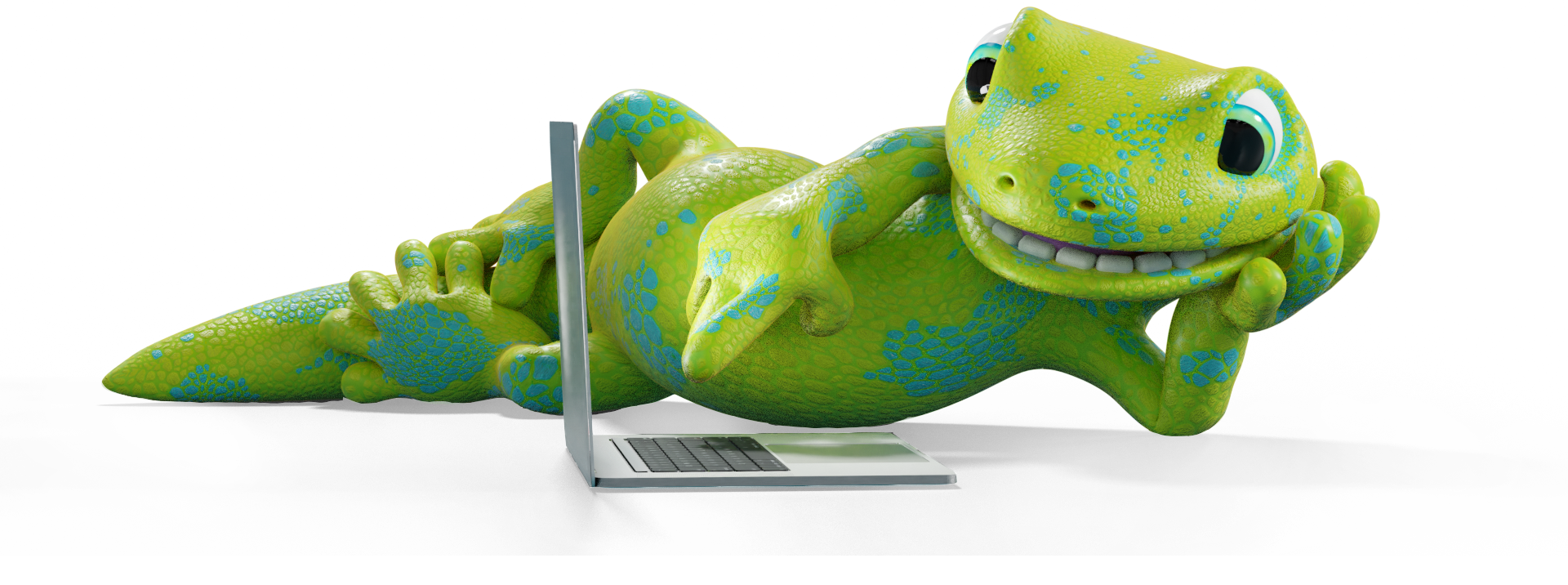animation: the digital eco-medium
animation as a marketing tool is now more sustainable than ever before
Looking back at technological evolvement over the past 100 years, and having watched all of Blue Planet (cheers David!), it’s easy to see why climate change, sustainability, and becoming carbon neutral are hot topics on everyone’s lips—especially when it comes to how we spend our 9 to 5.
It’s no secret that, historically, the animation industry certainly lacked in a certain waste-reducing area, but that’s certainly no longer the case today!
If you think about where we started with Emile Cohl’s Fantasmagorie (the very first animated cartoon) which was created using a whopping 700 drawings on illuminated glass, and then printed in negative to give a chalkboard effect, you’ll probably agree that the animation industry is completely unrecognisable from it’s nascent times! The running time for Fantasmagorie was only 1 minute 20 seconds, so we can only imagine the amount of paper, pencils and printing that would go into creating a much longer film.
Animation as we know it today, has evolved so much from the likes of the hand-painted and drawn, first animated feature film, Snow White, and has proven itself a far more sustainable method of entertainment and marketing tool.
get all three guides in our Business Animation How-to-Insights series for absolutely FREE!
what makes animation more sustainable?
Reams upon reams of paper and hundreds of pencils, litres of ink and developing chemicals were replaced by hardware, software and render farms and servers—all of which uses electricity, yes, but are reusable in the sense that thousands of animations can be created on a single machine, as opposed to needing new paper, and new ink for every project.
Existing mainly digitally, the animation industry presents itself as a cheaper, eco friendly alternative (or addition) to traditional videography or photography, as there is no need to hire film crews and actors who have to travel to far and stunning locations, or rent heavy machinery and equipment to execute incredible stunts worthy of hollywood blockbusters.
It goes without saying, however, that animation studios are still a long way from being 100% guilt free. Other things like air-conditioning and heating facilities for the building, and the cost of staff travelling to and from their workplaces all still contribute to the environmental cost of the animation industry.
what have our reptilian team done to be more carbon neutral?
cutting down carbon emissions caused by commuting
Since COVID-19 first stuck its head out at the start of 2020, our team of lizards have been very fortunate to be able to continue a productive working and creating schedule from the comfort of our own homes. Our studios have successfully adapted to a hybrid working arrangement, with only two days a week spent travelling into the office—thus cutting back a considerable 60% of the carbon emissions caused when we were commuting to the office five days a week pre-pandemic.
making better micro choices
By micro choices, we mean the little (sometimes overlooked) adjustments to your daily routine—like the loo roll we use in the office. At salamandra, we are proud supporters of Who Gives A Crap, a B-Corp Certified supplier of 100% recycled loo roll, forest friendly tissues and paper towels. Not only do they offer carbon neutral shipping, but by using recyclable fibres and bamboo alternatives, Who Gives a Crap is ultimately reducing deforestation.
recycling
As our studios currently don’t have fully-equipped kitchens, we at salamandra.uk are serious about recycling any takeaway or food packaging we may use throughout the day. This in terms helps to tackle climate change and promote sustainable economic growth due to the fact that less energy is required in the manufacturing of products using recyclable raw materials, fewer materials are incinerated, saving further carbon emissions.
shifting our on-screen focus
As an animation studio, visuals are our most powerful tool. Everything we show in our videos and collateral can send a strong message—even if it’s as simple as showing/adding more greenery to our visuals than in the past, or collaborating with more carbon-neutral certified companies looking to carry the message across. By shifting our focus onto the representation of a greener world, we inspire others to do the same and help spread the knowledge.
four day work week
At the start of 2022, it was announced that a new pilot will be launched in the UK, which sees businesses in various industries coming together for a twelve-month trial to test the possibility of a four-day workweek. Salamandra.uk was selected as one of 30 companies take part in the trial, and should we find it successful, we’d like to implement a four-day workweek on a permanent basis. By losing a full day of work every week of the year, our team will thus be reducing their computer and machine usage by +- 52 days per year.
some of our sustainability-focused projects:
not sure how to embark on your own animation journey?
we’ve got you covered!



